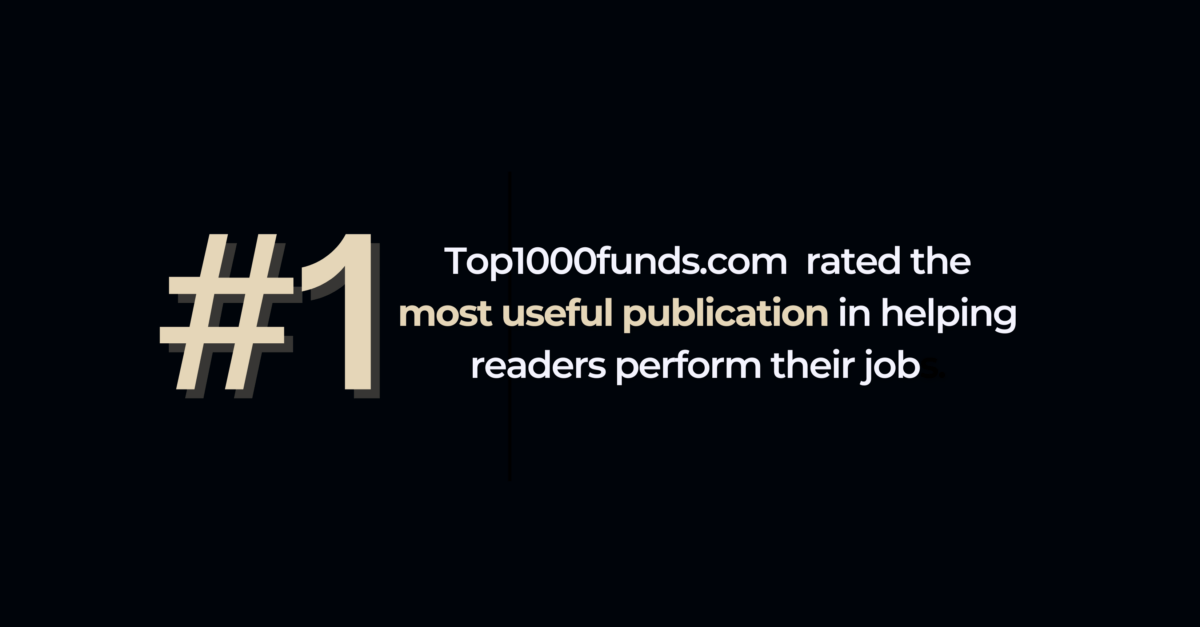Factor-investing has not yet won the right to be the endurable and dominating asset allocation method, according to new research, which shows that industry or sector-based allocation still has its merits. In particular the study shows that industry-based investing offers defensive opportunities as it delivers better risk-return trade-offs for long-only portfolios during recessions and bear periods.
In the paper, Factor-based versus industry-based asset allocation: The contest, Marie Briere and Ariane Szafarz, explore the two methods looking at performance including costs and robustness.
Conceding that “applied to equities, factor investing is probably the most serious contender to the classical sector-based approach to asset allocation”, the conduct “a contest” between the two styles that addresses two questions:
1) Are the excess returns of factor investing offset by higher risks, and if so, are factor-specific risks eliminable by means of factor diversification?
2) How does factor investing perform during crisis times?
In the study, the results show that factor investing is the best strategy when short sales are permitted. Most academic studies, the authors say, draw conclusions on portfolio management with unrestricted short selling, which is a considerable limitation, since benchmark restrictions and implementation costs make long-short factor investing difficult to implement in practice.
In addition transaction costs are neglected which they say presumably, plays in favour of factor investing compared to the more passive style of sector investing.
They also point out that transactions are especially numerous for rebalancing the two momentum factors, quoting a study by Robert Novy-Marx and Mihail Velikov that estimates that the momentum factor turns over around 25 per cent per year, which implies a monthly trading cost of almost 50 bps.
“Further work could investigate whether our results are robust to incorporating transaction costs. Factor investing is not only a transaction-intensive style, it also a good performer when short selling is permitted. But short sales imply additional expenses, such as borrowing costs. Accounting for all the costs could actually make passive strategies more competitive,” the authors say.
“The emergence of dedicated indices and funds has made factor investing more accessible to… investors. However, not all identified factors are investable in this way, and the available factor investment vehicles concentrate on long-only portfolios. Therefore, a major challenge for the advocates of factor investing is the practical implementation of the investment rules they recommend.
“Our study suggests that there is no overall winner, but we do find circumstantial evidence of superiority for each style. Factor investing is clearly the best strategy when short sales are permitted. It also outperforms sector-based allocation during expansion and bull periods. In contrast, sector investing offers defensive opportunities for asset managers since it delivers better risk-return trade-offs for long-only portfolios during recessions and bear periods.
“Factor investing keeps its promises, but it still has a long way to go before it can oust sector investing.”



